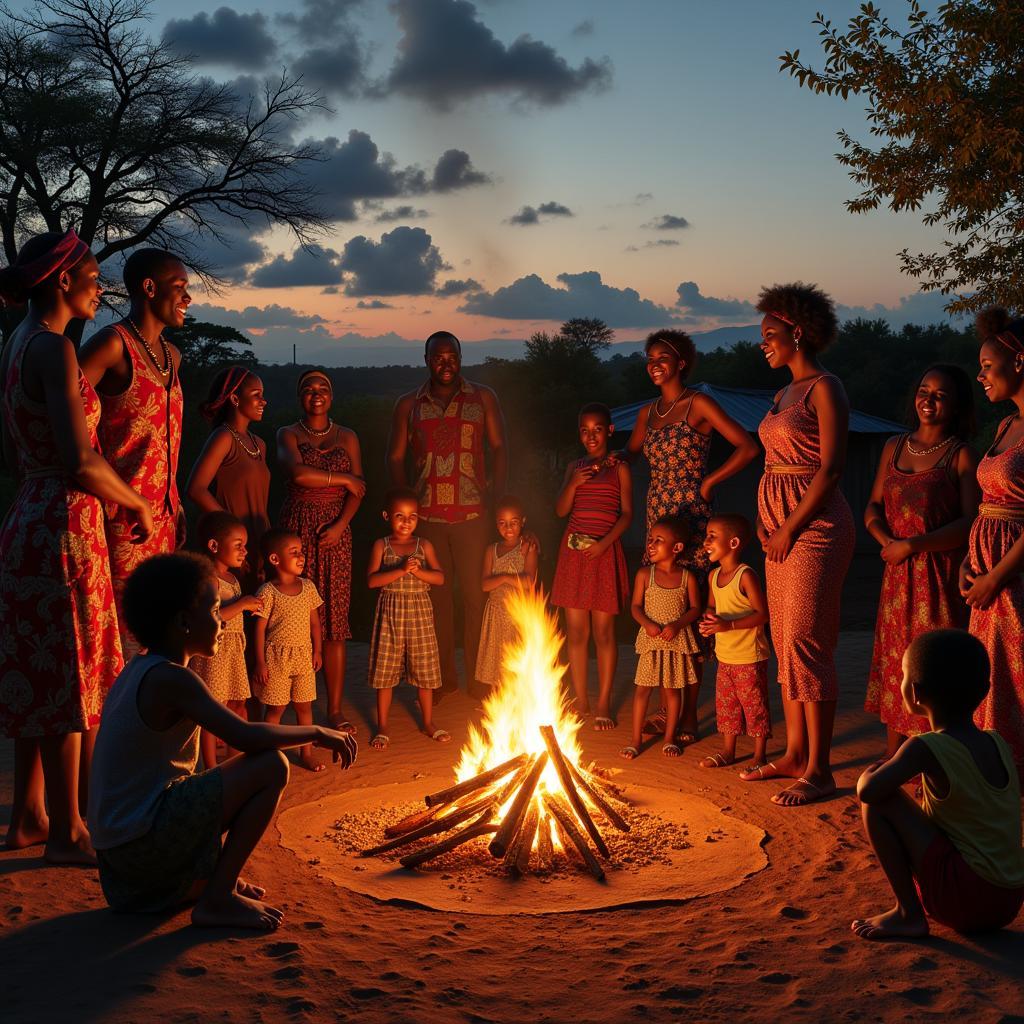The Majestic African White Rhino: A Conservation Story
The African White Rhino, a symbol of resilience and a vital part of the African savanna ecosystem, faces an ongoing struggle for survival. This article delves into the fascinating world of these incredible creatures, exploring their biology, behavior, conservation status, and the challenges they face in the wild. We’ll also look at the hopeful initiatives aimed at protecting these magnificent animals for future generations.
Understanding the African White Rhino
The term “white” rhino is actually a misnomer, derived from a misinterpretation of the Afrikaans word “wyd,” meaning “wide,” referring to the rhino’s broad, square lip. This distinguishes it from the black rhino, which has a pointed, prehensile lip. African white rhinos are the largest of the five rhino species and are second only to elephants in size among land mammals. They are grazers, preferring short grasses, and their wide mouths are perfectly adapted for this diet. These gentle giants play a crucial role in shaping their environment, influencing plant diversity and creating grazing opportunities for other herbivores.
Physical Characteristics and Behavior of the White Rhino
Adult white rhinos can weigh between 4,000 and 7,000 pounds and stand up to 6 feet tall at the shoulder. They have two horns, the front horn typically being larger, which they use for defense and establishing dominance within their social groups. These groups, called crashes, usually consist of females and their young, while adult males are mostly solitary, territorial, and often aggressive towards other males. Despite their immense size, white rhinos can surprisingly reach speeds of up to 30 miles per hour.
The Plight of the African White Rhino: Conservation Challenges
Sadly, the African white rhino, both the northern and southern subspecies, remains under constant threat. Poaching, driven by the illegal demand for rhino horn, continues to be the primary challenge. Habitat loss due to expanding human populations and agriculture also contributes to their decline. The northern white rhino subspecies is critically endangered, with only two females remaining in the world, making natural reproduction impossible. african animalsi mages with names
Conservation Efforts and Hope for the Future
Despite the challenges, dedicated conservation efforts are underway to protect the remaining white rhinos. These include anti-poaching patrols, rhino monitoring programs using advanced technology, and community engagement initiatives to combat poaching and raise awareness. For the northern white rhino, scientists are exploring advanced reproductive technologies, such as in-vitro fertilization, in a desperate attempt to prevent extinction.
“The fight to save the white rhino is far from over,” says Dr. Sarah Jones, a renowned wildlife veterinarian and conservationist, “but the unwavering dedication of conservationists and communities offers a glimmer of hope for these magnificent creatures.”
The Future of the African White Rhino
The future of the African white rhino rests on the continued success of conservation initiatives and the global commitment to combating wildlife crime. Supporting conservation organizations, raising awareness about the rhino horn trade, and promoting sustainable tourism are crucial steps in ensuring the survival of this iconic species. african elephant weight facts We must all play our part in securing a future where these gentle giants continue to roam the African savanna for generations to come.
Conclusion
The African white rhino stands as a testament to the beauty and fragility of the natural world. While their future remains uncertain, the ongoing conservation efforts offer hope that these magnificent creatures can be saved from extinction. By understanding the threats they face and supporting the work of dedicated conservationists, we can contribute to the survival of the African white rhino and ensure that future generations can marvel at their presence on our planet.
FAQ
- What is the difference between a white rhino and a black rhino?
- What do white rhinos eat?
- Why are white rhinos poached?
- What is being done to protect white rhinos?
- How can I help white rhino conservation efforts?
- What is the current population of white rhinos?
- Are white rhinos endangered?
Common Situations and Questions:
- Tourist wanting to see a rhino on safari: What are the best places to see white rhinos in Africa? african big cick
- Student researching rhinos: What are the main threats to white rhinos?
- Donor wanting to support rhino conservation: Which organizations are doing the most effective work to protect white rhinos?
Related Articles
- African Joined Tours and Safaris in Livingstone, Zambia: african joined tours and safaris livingstone zambia
- A list of African Animals: a list of african animals
Need help? Contact us 24/7. Phone: +255768904061, Email: [email protected], or visit us at Mbarali DC Mawindi, Kangaga, Tanzania.

